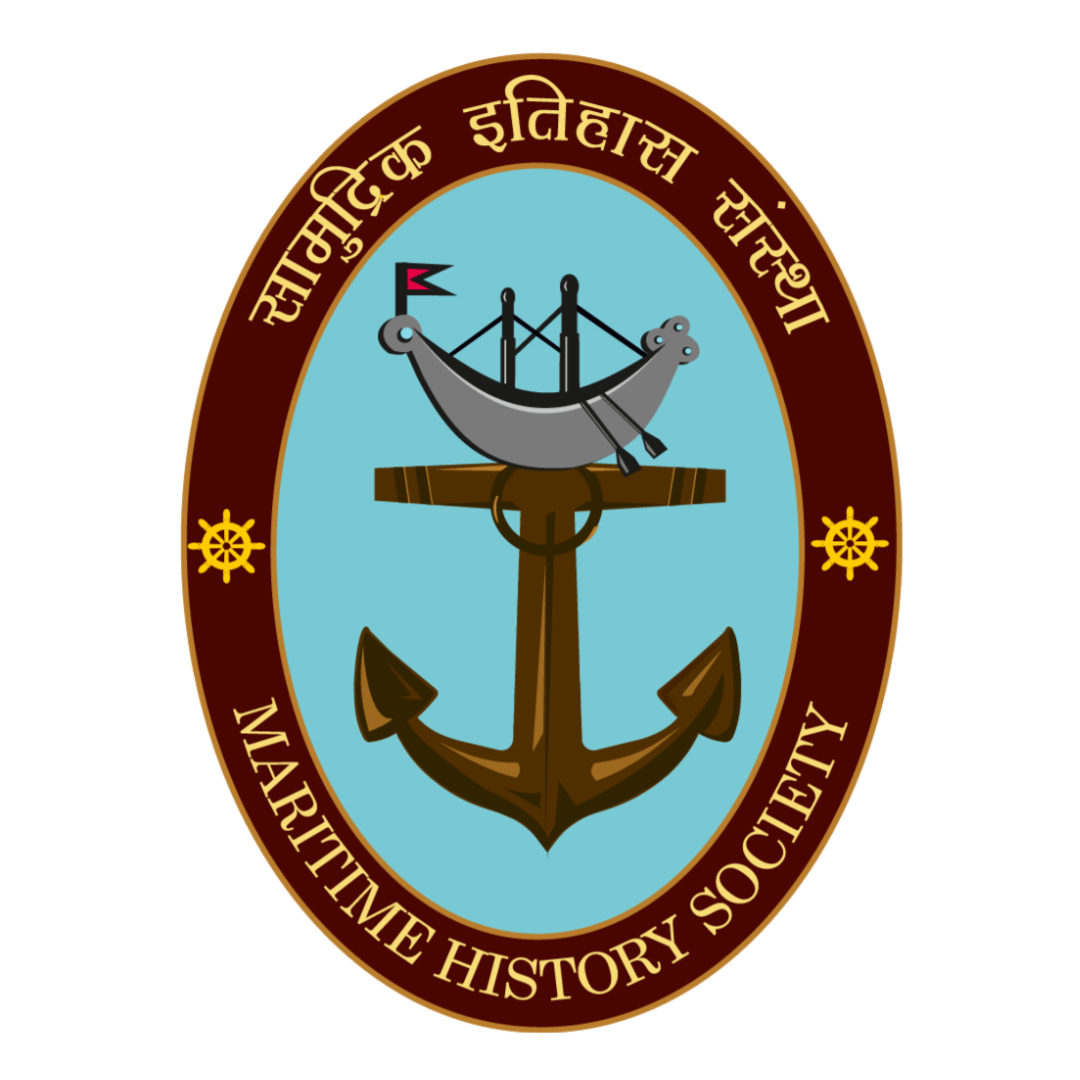India’s first indigenously designed and built aircraft carrier began its sea trials off the coast of Kochi in August, 2021. The launch of the new Vikrant, was a seminal event in India’s maritime journey and one that brought a palpable sense of maritime pride. The landmark achievement put India in an exclusive list of nations that have demonstrated the capability to indigenously design and build these powerful naval vessels. The Indigenous Aircraft Carrier (IAC – 1) is designated to be named Vikrant, the same as the Indian Navy’s first aircraft carrier that was decommissioned in 1997. The illustrious predecessor was in commission for more than 35 years and had played a key role in India’s victory in the 1971 War.
Source: The Wire, April 05 2021 (Arun Prakash/Wikimedia Commons CC BY-SA 3.0)
On Navy Day 2021, this article attempts to commemorate the achievements of the Indian Navy, the legacy of INS Vikrant (R11), while connecting the dots to Indian Navy’s growing indigenous capabilities with the launch of the reincarnated Vikrant (IAC -1).
The Indian Navy’s journey towards self-reliance has been long and arduous and yet, has remained steadfast in this mission. Taking the cue from what Dr A.P.J. Kalam once said, “the dream to achieve self-reliance in all aspects of maritime operations was one which did not let the Navy’s leadership to ever sleep”. The geo-political churn in the Indian Ocean Region and growing presence of external maritime forces has significantly enhanced the challenges faced by India in the maritime domain. Imperative to these challenges, the desire to be Atmanirbhar, ingrained into its very DNA, has enabled the Indian Navy to become increasingly self-reliant.
Reminiscing a Historical Legacy. INS Vikrant (R 11) was originally known as the HMS Hercules, a Majestic Class aircraft Carrier built in 1943. Post-World War II, the Carrier was bought by India in 1957 and continued in service till 1997. At the time of its commissioning, it had earned the distinction of being Asia’s first aircraft carrier. INS Vikrant made significant contributions to the Indian Navy’s efforts in the 1971 Indo – Pak War, where it played a key role in enforcing a naval blockade off the coast of East Pakistan (now Bangladesh). The Vikrant’s highly successful operations off the coast of East Pakistan signified Indian Navy’s resolve for decisive action in combat and today we see the Vikrant reincarnated, ready to serve the Indian Navy as its first indigenous aircraft carrier.
Vikrant’s Sea Hawk squadron ashore during the December
1971 Indo-Pakistan war
Source: The Wire, April 05 2021, https://bit.ly/3IcPZd9
Reincarnated INS Vikrant (IAC -1): An Atmarnirbhar Boost to the Navy: India’s first indigenous aircraft carrier (IAC -1) ‘Vikrant’ sailed into the open seas for the first time during its trials in August 2021 off the coast of Kochi. Today, with the Indian Navy’s growing maritime muscle, Vikrant has epitomized India’s quest to be “Atmanirbhar ” with more than 76 per cent indigenous content. The combat capability, reach and versatility of an aircraft carrier can add formidable capabilities to the defense of our country, helping to secure India’s interests in the maritime domain. This impetus towards modernization has not only harnessed India’s indigenous capabilities but proved to be a vital testimony to how far the Indian Navy has come in its pathway to self-reliance and progress. Both of Vikrant versions, the old and new, signify India’s quest to ensure peace in its maritime vicinity.
INS Vikrant (IAC – 1) First Sea Trial
Source: Naval Technology, August 05 2021, https://www.naval-technology.com/news/ins-vikrant-begins-sea-trials/
Connecting the dots. In 2021, Prime Minister, Shri Narendra Modi, while chairing a High-Level Open Debate at the UN Security Council had emphatically brought “Maritime India” to the centre of global maritime discourse. In consonance with this thought, the transformation of India’s naval capability over the past few decades, has become a recurring theme in contemporary maritime discussions. The commissioning of two more indigenized naval vessels, the submarine INS Vela and destroyer INS Visakhapatnam’ in November 2021 further cements this resolve. Similarly, all available evidence foresees India’s growth as a peaceful and responsible power in the Indian Ocean Region, which is largely being shaped by the Indian Navy’s growing interconnectedness in the oceans. In conclusion, the Indian Navy has effectively traversed through to being an effective blue-water Navy and has rewired its indigenous path in an oceanic region whose importance has increased significantly.
References
Rear Admiral Gupta, Santosh. “1971 War hero on role of INS Vikrant, Sea Hawks.” The Tribune India, March 08, 2021. Retrieved from
https://www.tribuneindia.com/news/features/1971-war-hero-on-role-of-ins-vikrant-sea-hawks-221772
Prakash, Arun, “From Karachi To Bay of Bengal, How the Indian Navy Played a Stellar Role in the 1971 War.” The Wire, April 05, 2021. Retrieved form
https://thewire.in/security/1971-series-indian-navy-bangladesh-war-stellar-role-arun-prakash
Vice Admiral Pradeep Chauhan, AVSM & Bar, VSM, IN (Retd), “ Reflections On India’s Vikrant-Centric Carrier Battle Group.” National Maritime foundation, August 19, 2021. https://maritimeindia.org/reflections-on-indias-vikrant-centric-carrier-battle-group/
Siddiqui, Huma. “Atmanirbhar Bharat: Indian Navy to commission two new platforms next week.” Financial Express, November 16, 2021. Retrieved from https://www.financialexpress.com/defence/atmanirbhar-bharat-indian-navy-to-commission-two-new-platforms-next-week/2370379/



0 Comments